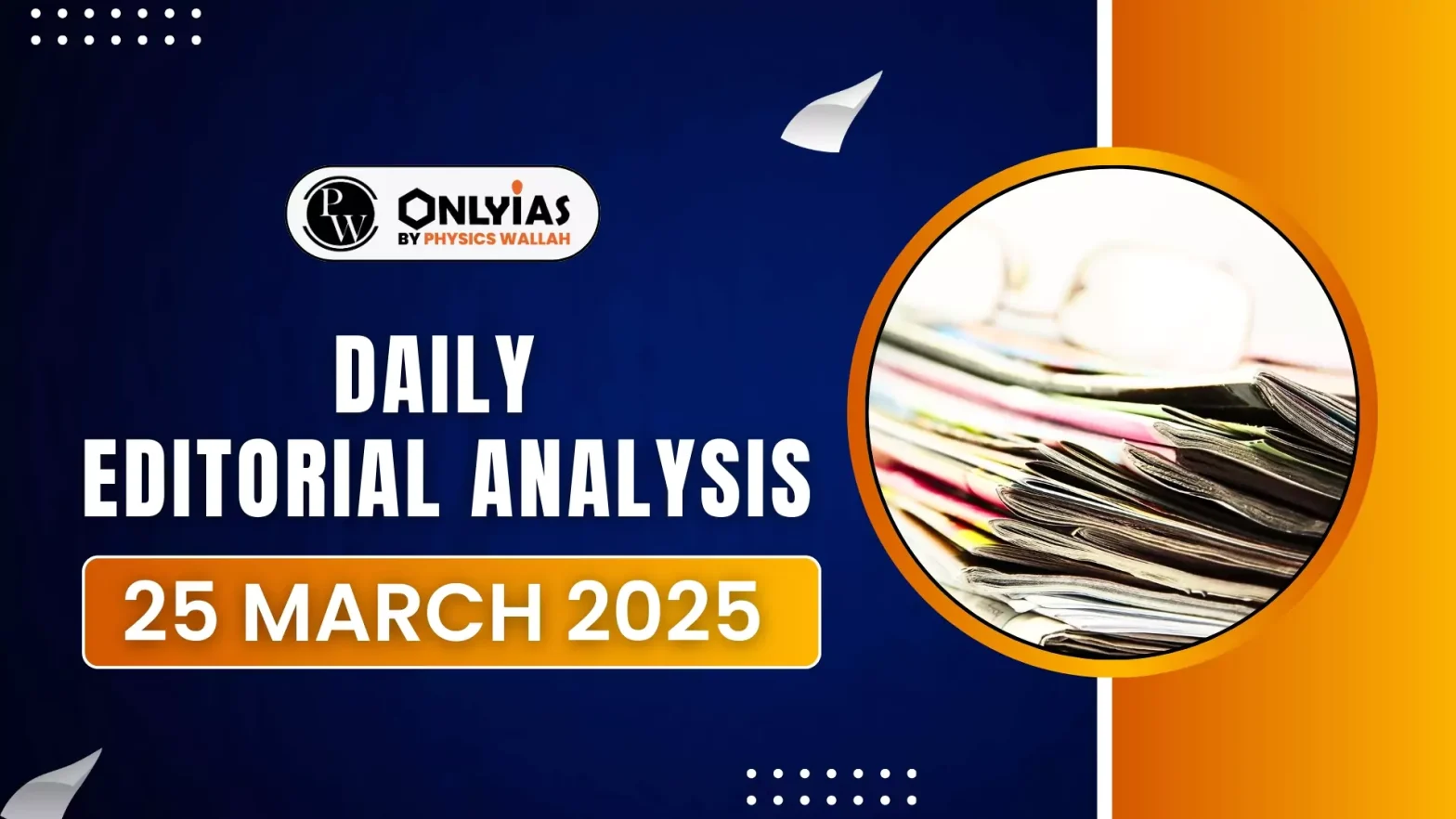Chief Justice of India (CJI) Sanjiv Khanna has initiated an in-house inquiry into allegations surrounding Justice Yashwant Varma of the Delhi High Court.
Judicial Accountability and Transparency
- Significance of the move: This move reinforces transparency and judicial accountability. Counters speculation about the judiciary’s response to allegations against constitutional court judges.
- Actions Taken: The allegations emerged after burnt currency notes were reportedly found at Justice Varma’s residence during a fire incident. In response, the following actions were taken:
- Preliminary report obtained from Delhi High Court Chief Justice D.K. Upadhyaya.
- Justice Varma’s response was considered, wherein he denied involvement and highlighted security lapses.
- Judicial work withdrawn from Justice Varma.
- Proposal initiated to transfer him back to his parent High Court, Allahabad High Court.
- Composition of the Panel: The inquiry will be conducted by:
- Chief Justice of Punjab and Haryana High Court.
- Chief Justice of Himachal Pradesh High Court.
- A judge from Karnataka High Court.
- Stand of the Judge: Justice Varma has categorically denied any link to the burnt cash, arguing that the cash could not have been his, given the unsecured location where it was found. The store room was rarely used and had multiple access points, making it vulnerable.
- Unprecedented Transparency: The Supreme Court of India has shown rare transparency by publicly posting photographs, a video clip of the burnt currency notes, Justice D.K. Upadhyaya’s report, and Justice Yashwant Varma’s reply denying any involvement.
Investigative Concerns
- Concerns regarding Probe: While the in-house inquiry ensures judicial accountability, concerns remain over whether an internal probe is sufficient or if a regular police investigation is needed to uncover the cause of the fire, verify the burnt currency, and clarify contradictory claims by officials.
- Challenges: The Supreme Court’s ruling requires consultation with the CJI before any FIR can be registered against a superior court judge. As a result, police rarely initiate inquiries, making internal judicial mechanisms inevitable.
Conclusion
The government must avoid overreach, as excessive intervention could trigger wider debates on judicial accountability and the judicial appointment system. The key takeaway from this episode is that judicial independence should not mean insulation from regular investigative processes, but rather, a commitment to full accountability and transparency.
![]() 25 Mar 2025
25 Mar 2025

